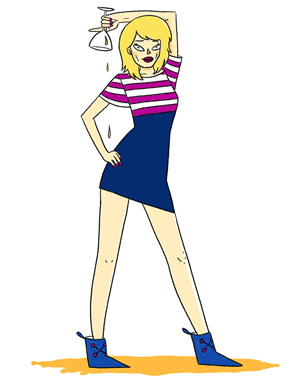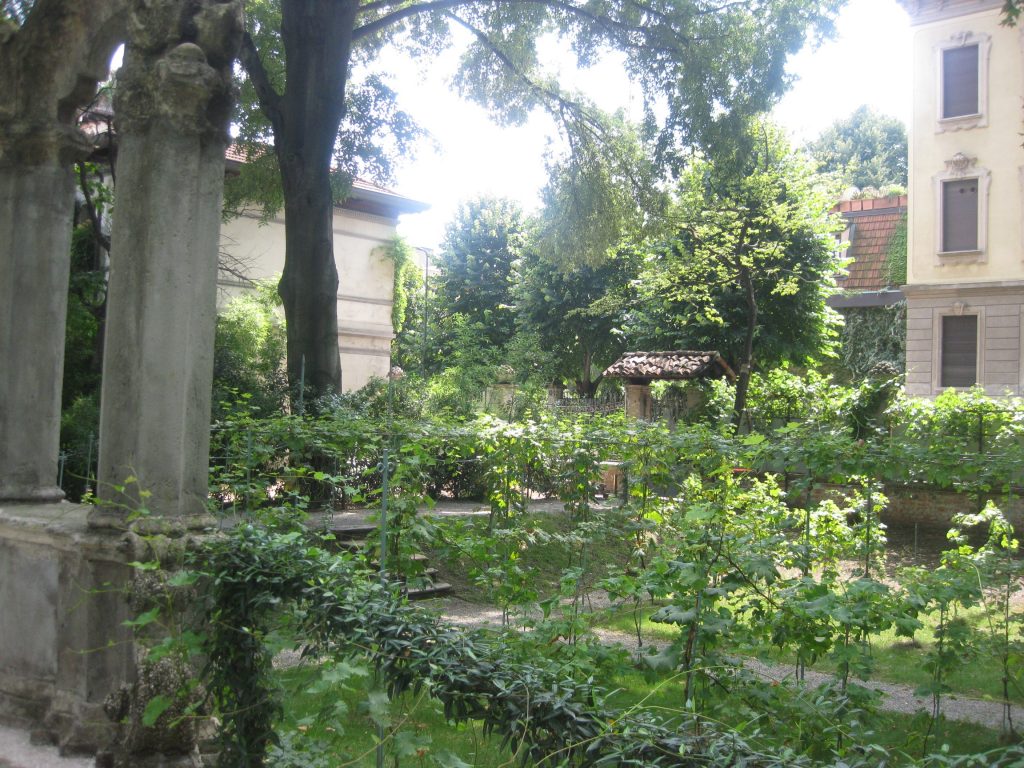
The English Nose was on the scent of The Last Supper in Milan. This is housed in the Basilica of Santa Maria delle Grazie, but I couldn’t pass the Casa degli Atellani opposite the Basilica without having a quick ‘nose’ at the vineyard which lies at the bottom of the Atellani’s garden.
Leonardo was given the land in 1498 by Ludovico Sforza, Duke of Milan, who commissioned Leonardo to paint his masterpiece. The Duke rewarded his loyal followers with houses and land in this part of the city. The Casa degli Atellani is all that remains of the Duke’s vision to colonise this neighbourhood with his cronies… until the vineyard was unearthed that is. In truth there is little left of the Renaissance palace which senator Ettore Conti bought and remodelled in the C19th, but his clever architect, using Renaissance documents, discovered the vineyard’s fascinating story.
Something of the original vineyard survived 400 years, before being destroyed by a fire and urban development. There is an audio tour of Conti’s house (missable), but the garden is pleasant and the vineyard certainly piqued my curiosity. In 1946 a leading expert in grape DNA found the remains of Malvasia di Candia in the bombed out rubble and some evidence of pathways defining the vines. A couple of years ago a small part of the vineyard was reconstructed. See above.
Leonardo’s vineyard was destroyed and reconstructed and his mural in the refectory of Santa Maria della Grazie all but suffered the same fate. Leonardo was a man for pushing boundaries. He painted his fresco on dry plaster, rather than wet, which allowed him to fiddle around over three years to create the complexities of shading and luminosity.
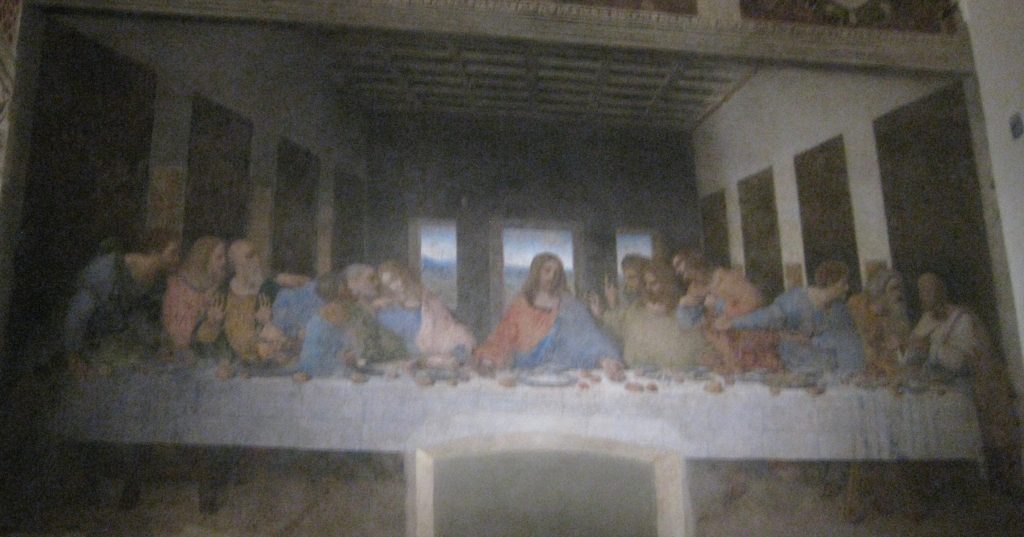
Sadly it was unstable and barely was the fresco completed than it began to deteriorate. It has suffered much in botched renovations over the interning centuries. During the war the basilica was bombed and its survival is nothing short of a miracle. Old black and white photos show a shard of wall with a tarpaulin covering the fresco. Who knows how much of the original really remains. If you visit, you will find yourself funnelled into the sealed, climate controlled space for a brief 15 minutes, while a guide recounts the history at breakneck speed and your fellow tourists view the fresco through their ipads screens.
It’s hard to appreciate the fresco in these conditions, but if this experience was disappointing, a visit to Michelangelo’s Pieta Rondanini was unexpectedly moving. The unfinished sculpture was found in Michelangelo’s studio after his death in 1564, whereupon it vanished. It turned up in 1807 in Rondinini’s mansion, but was considered relatively unimportant. Critics’ opinions have changed and it was bagged by the City of Milan in the Fifties to join the municipal art collection displayed in the huge museum complex of the Castello Sforzesco. (Lots to see here).
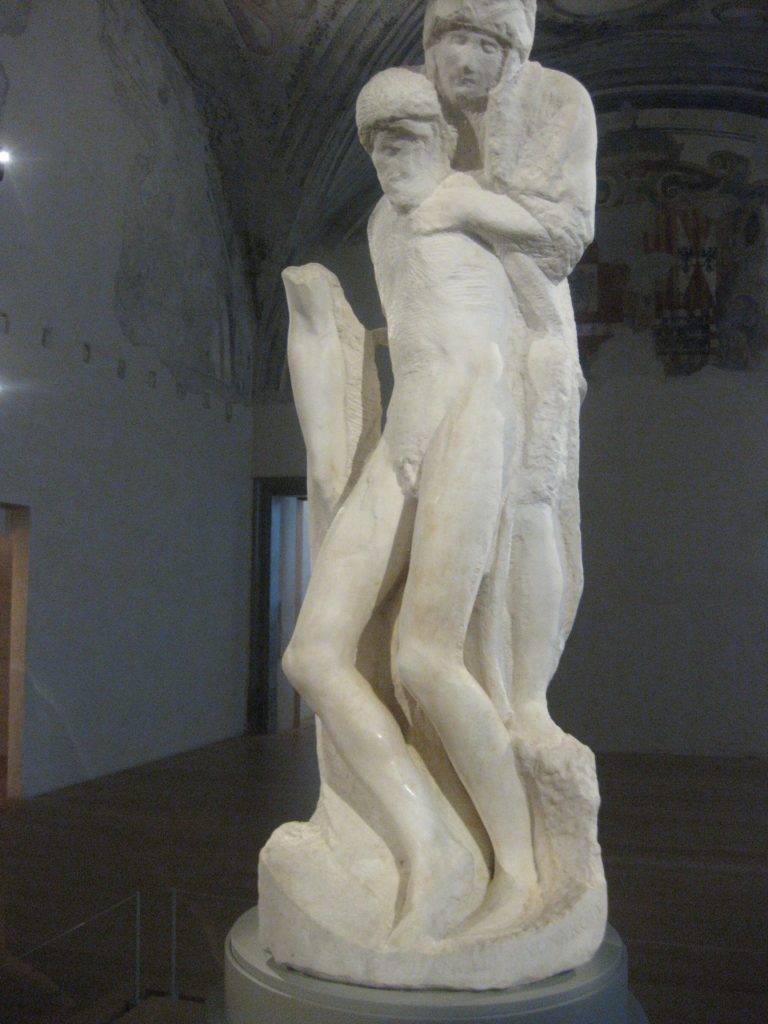
A couple of years ago it was moved to its own gallery. You can walk around it and contemplate in peace and quiet. Michelangelo was just 25 when he sculpted his Madonna in St Peter’s in Rome – the one everyone knows with the dead Christ lying across her lap. At the end of his life, he worked on the Pieta Rondanini for ten years until his death. It remains unfinished, yet has great emotional resonance. The relationship between mother and son has such pathos.
The Nose considers it very important to keep up her sugar levels with all this sightseeing. Ice cream – of the highest calibre and calorie content – is integral to any holiday in Italy. After a few near misses in Milan, we hit the jackpot with Cioccolat Talini. They swill the cone with liquid chocolate before filling it with the richest, deepest favoured chocolate ice-cream. Happy days.
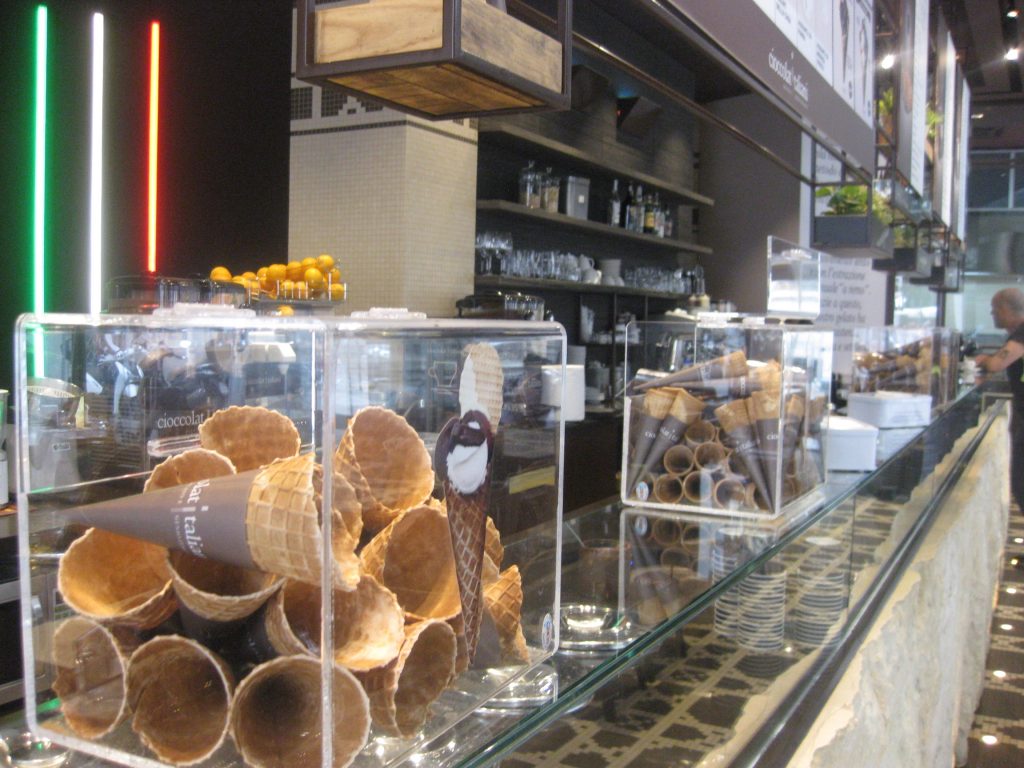
If I can mention just one more thing in this cultural inhale, it would be Chiesa di San Maurizio al Monastero Maggiore on Corso Magenta. It’s easy to pass by the plain, grey exterior, but step inside for an explosion of colour. Covering the walls are cycles of paintings by some of Lombardy’s top C16th painters. It’s linked to the oldest Benedictine convent in the city with a second, even more sumptuous section, behind for the nuns.
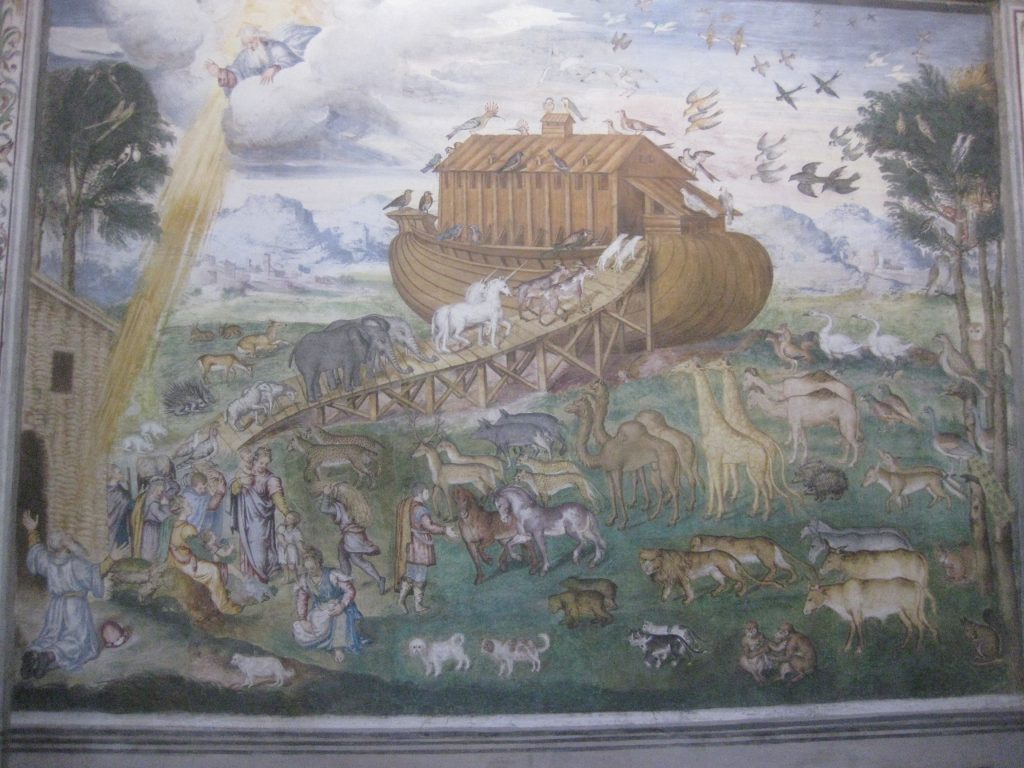
Given this is a wine blog, perhaps I should finish with a recommendation for aperitivo. Signorvino is a one of a group of specialist Italian wine shops. There are two in Milan. They stock 1500 wines from the tip to the toe of Italy.
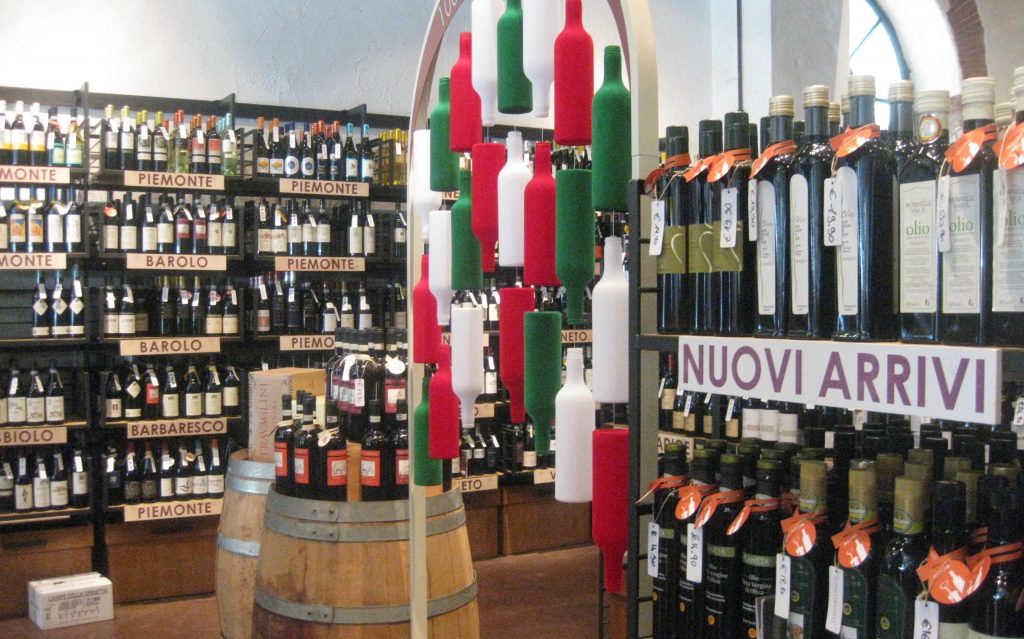
The prices are decent and the same if you take the bottle away or sit in their trattoria. We perched on stools and nibbled snacks, followed by a simple meal on the pedestrianised Via Dante, which lies between the Duomo and the Castello Sforzesco. It’s the perfect place to sit outside and watch the chic Milanese show off their designer frocks and well cut suits.
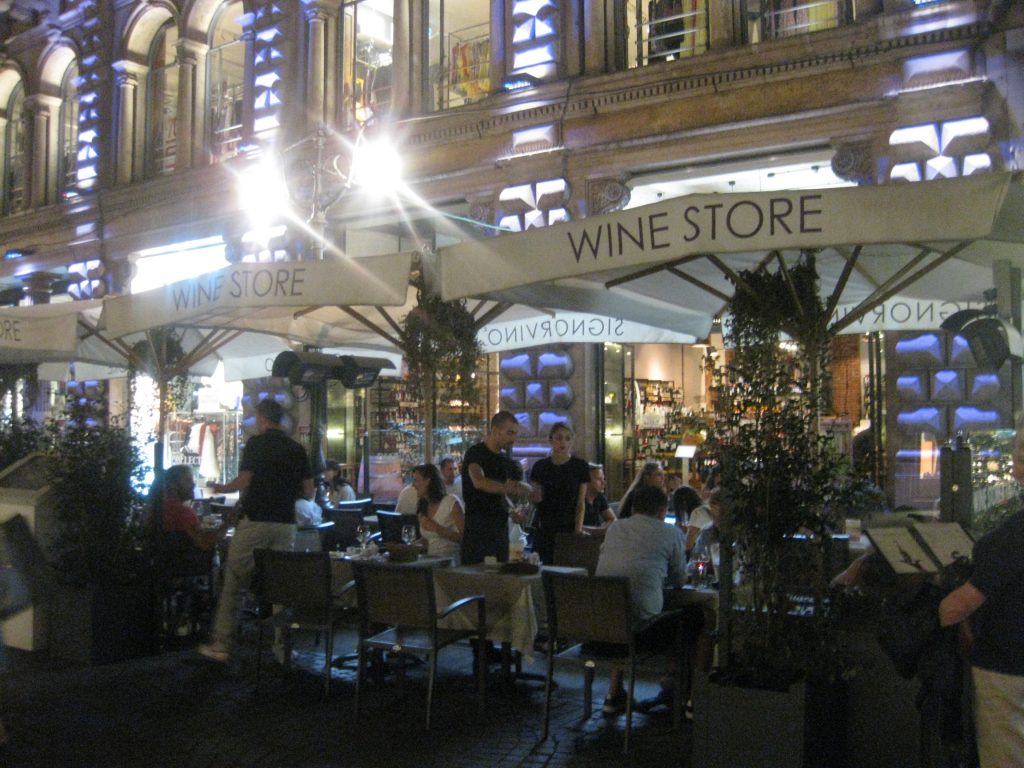
Signorvino – excellent selection of Italian wines and a good place for an aperitif.
Cioccolat Taliani – for the best ice cream and excellent expresso.

